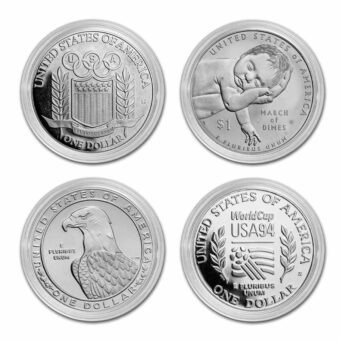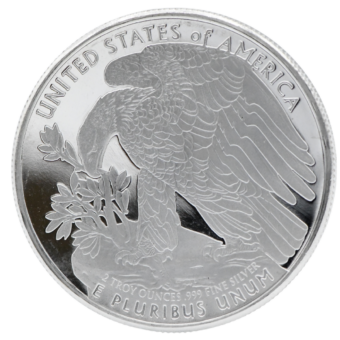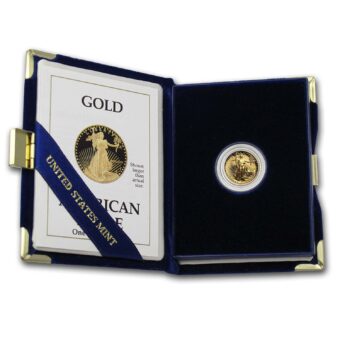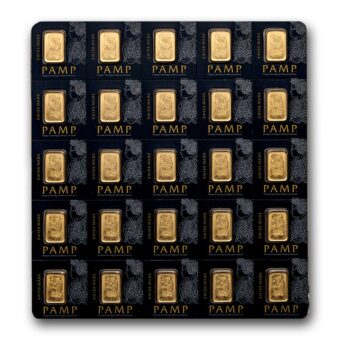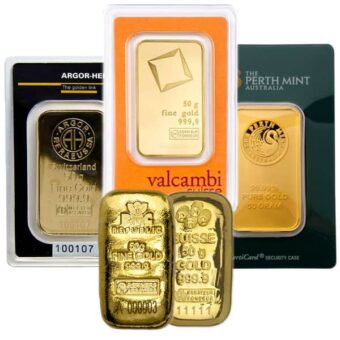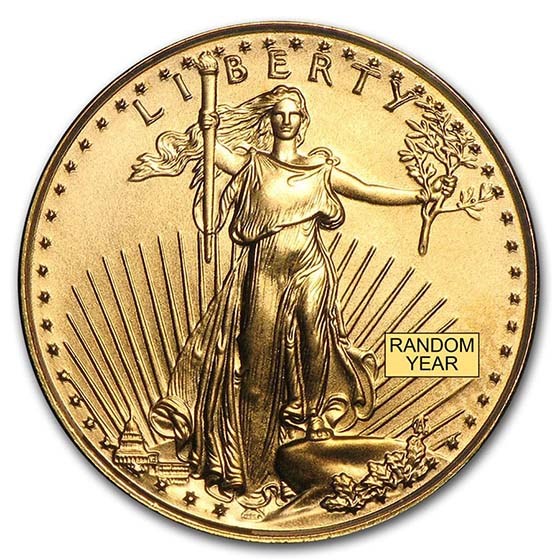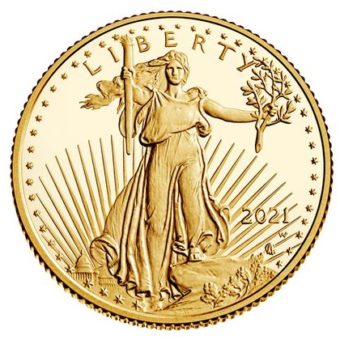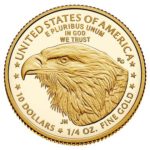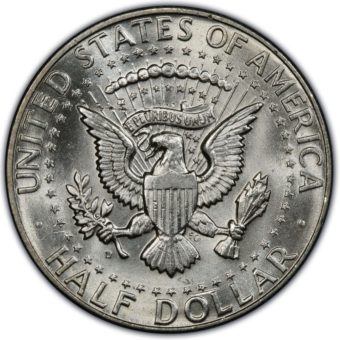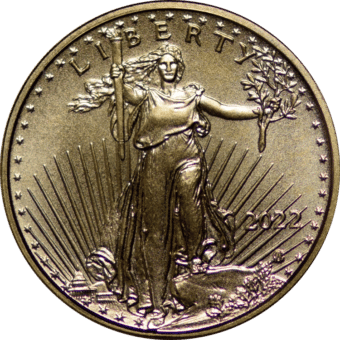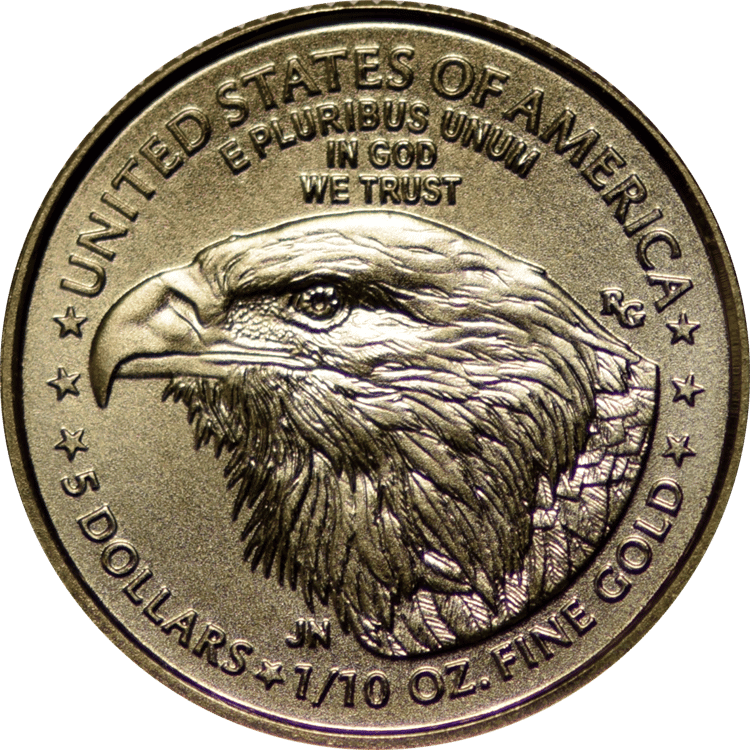Introduction:
With inflation readings and international developments at the forefront, this week delivered a clear signal—gold and silver remain vital tools for navigating complex economic landscapes. As central banks continue to adapt to shifting monetary conditions and global events unfold, attention turns to the role of real assets in preserving financial resilience. Here’s a detailed look at what moved the markets, and what lies ahead.
A Daily Journey Through the Week’s Market
Monday – 6.09.25:
Gold moved modestly higher, supported by calm market activity and renewed optimism around U.S.-China trade negotiations. Silver extended its upward trajectory, notching another 13-year high. August gold rose $3.80 to $3,350.30; July silver added $0.621 to finish at $36.76.
Tuesday – 6.10.25:
Mild retracements were seen in both gold and silver as some market participants booked gains and waited for fresh signals. Equity markets showed strength, applying slight pressure. Trade talks in London remained in focus, with reports hinting at potential progress. August gold dipped $11.30 to $3,343.30; July silver eased $0.196 to $36.60.
Wednesday – 6.11.25:
Gold saw modest gains following an in-line CPI report. With May’s headline inflation at 2.4% and core CPI steady at 2.8%, the data supported expectations for a steady monetary approach. August gold increased $8.30 to $3,352.10; July silver edged down $0.0342 to $36.30.
Thursday – 6.12.25:
Gold jumped sharply as softer PPI data reinforced the prospect of rate reductions, while geopolitical activity in the Middle East increased demand for stability assets. The U.S. moved non-essential personnel from the region ahead of potential developments. August gold surged $66.30 to $3,410.10; July silver gained $0.099 to $36.36.
Friday – 6.13.25:
The week concluded with gold at a five-week high, up $41.90 to $3,444.30. Heightened international tensions drove demand for traditional stores of value. Silver also posted a moderate gain, and oil rose to a five-month high, reflecting potential supply disruptions. Market sentiment turned risk-averse, with global equities down and safe-haven demand up.
Gold’s Rise Outpaces U.S. Participation—Global Demand Leads the Way
The Big Picture:
Gold’s steady ascent has been shaped largely by international buyers, particularly central banks diversifying their reserves. Meanwhile, domestic engagement remains relatively muted despite strong performance from precious metals.
What’s Happening:
Gold has gained over 25% this year, marking new all-time highs. Yet, flows into U.S.-based ETFs and mining sectors remain limited. Foreign participants, navigating uncertainties tied to currency risk and global trade shifts, are driving demand. Silver and platinum continue to attract interest as alternative hard assets.
By the Numbers:
• Gold YTD performance: +26%
• U.S. dollar (DXY): -9% YTD
• Physical gold trust net inflows: $1B+
• Silver trust net inflows: ~$500M
• Gold ETF ownership (U.S.): ~37M people
• Bitcoin ownership (U.S.): ~50M people
Why It Matters:
This trend signals an evolving global preference for physical assets amid long-term concerns about monetary policy and fiat stability. U.S. Treasuries, traditionally seen as a safe haven, have underperformed, prompting renewed interest in precious metals.
The Bottom Line:
A notable divergence exists between global demand and domestic action. With ongoing monetary shifts and geopolitical developments, greater attention to real assets like gold and silver may be warranted moving forward.
Gold Strengthens on Rate-Cut Outlook and International Tensions
The Big Picture:
Gold advanced following data that reinforced expectations for a more accommodative Fed stance. Simultaneously, developments abroad added a layer of caution, pushing markets toward tangible assets.
What’s Happening:
Soft inflation readings, paired with an uptick in jobless claims, pointed toward a cooler economic backdrop. At the same time, headlines from the Middle East and evolving trade dynamics, including new tariff measures, maintained market attention on stability-focused assets.
By the Numbers:
• Spot gold: +1% to $3,388.33
• YTD gold performance: +29%
• Bloomberg Dollar Spot Index: -0.6%
• Treasury yields: declined
• May PPI: remained subdued
• Jobless claims: highest since late 2021
Why It Matters:
Lower inflation and signs of labor market cooling reinforce the case for rate adjustments, which can be favorable for gold. In parallel, global events continue to elevate gold’s role as a counterbalance to uncertainty.
The Bottom Line:
The appeal of gold remains twofold: as a beneficiary of monetary easing and as a means to navigate international complexity.
May Inflation Remains Mild, Though Tariff Impacts Loom
The Big Picture:
May’s CPI confirmed stable inflation levels, aligning with expectations. However, potential effects from upcoming tariff adjustments suggest the trend could change in coming months.
What’s Happening:
While energy and travel costs eased, modest increases in food and household items kept inflation positive. Economists flagged the temporary nature of these readings, noting that tariff implementation may alter the picture once pre-existing inventories are depleted.
By the Numbers:
• CPI YoY: +2.4% (May) vs. +2.3% (April)
• Monthly CPI: +0.1% (May)
• Gasoline: -3% MoM, -12% YoY
• Food at home: +0.3% MoM
• Airfare: -3% MoM, -7% YoY
• Major appliances: +4.3% MoM
• Toy prices: +2.2% MoM
• Est. household tariff cost (2025): +$2,500
• Effective tariff rate: ~6% (April 2025) vs. 2% (end of 2024)
Why It Matters:
Current inflation is near the Fed’s target, but rising tariffs could reintroduce upward pressure on prices, affecting monetary planning and household purchasing power.
The Bottom Line:
Markets are watching closely. While the near-term appears stable, policy shifts and inventory dynamics could reshape the inflation outlook in the second half of the year.
Trade Realignment Raises Broader Economic Questions
The Big Picture:
The World Bank has echoed concerns over unequal trade access for U.S. entities but warns that sweeping tariffs could weigh on global growth, even as they address structural trade disparities.
What’s Happening:
A recent World Bank report supports the notion that U.S. firms have long faced unfavorable tariff conditions. However, it projects that retaliatory measures may limit growth both domestically and globally, particularly in lower-income regions.
By the Numbers:
• Global growth forecast (2025): 2.3%
• Downgrade from earlier forecast: -0.4 points
• U.S. growth forecast (2025): 1.4%
• Growth boost if tariffs halved: +0.4 points (over 2 years)
• Tariff burdens: Higher for lower-income trading partners
Why It Matters:
Trade reform is a pressing topic. While leveling the playing field is critical, the approach taken may have unintended economic consequences—especially if protectionism remains elevated.
The Bottom Line:
Thoughtful and targeted trade negotiations may offer a more sustainable path forward. Markets will be assessing both risk and opportunity as these policies evolve.
Upcoming Economic Calendar (June 16 – June 20, 2025)
Monday, June 16
• 8:30 AM ET – Empire State Manufacturing Survey (June)
Tuesday, June 17
• 8:30 AM ET – U.S. Retail Sales (May)
• 8:30 AM ET – Import Price Index (May)
• 9:15 AM ET – Industrial Production & Capacity Utilization (May)
Wednesday, June 18
• 8:30 AM ET – Housing Starts and Permits (May)
• 8:30 AM ET – Initial Jobless Claims (Week Ending June 14)
• 2:00 PM ET – FOMC Rate Decision
Thursday, June 19
• Juneteenth Holiday – No major data
Friday, June 20
• 8:30 AM ET – Philadelphia Fed Manufacturing Survey (June)
Impact on Precious Metals Markets
Empire State Manufacturing Survey (June 16):
A weak result may suggest industrial slowdown, potentially increasing safe-haven flows into gold and silver. Stronger data could temper metals demand as economic outlook improves.
Retail Sales (June 17):
Lower sales figures may point to economic softening, supporting non-yielding assets. Strong sales, however, could reignite rate hike expectations and weigh on gold.
Import Price Index (June 17):
Declining import prices suggest easing inflation, favorable for metals if it leads to dovish policy. Rising prices might revive inflation concerns but could also prompt a more hawkish Fed stance.
Industrial Production (June 17):
Soft output may reinforce demand for gold as a hedge against economic deceleration. Robust production would likely bolster the dollar and pressure metals.
Housing Starts and Permits (June 18):
Slowing housing activity could increase appeal for gold. Strong data may reflect confidence, reducing defensive positioning.
Initial Jobless Claims (June 18):
An increase in claims often supports gold prices due to risk-off positioning. Lower claims could cap gold’s upside if the labor market shows resilience.
FOMC Rate Decision (June 18):
The most influential event of the week. Signals of a rate cut would likely trigger a rally in gold and silver. Conversely, hawkish commentary may prompt near-term consolidation in metals.
Philadelphia Fed Survey (June 20):
Weak regional data may indicate broader industrial softness, supporting metals. Strength may shift sentiment toward risk assets.
Continue the Conversation
Navigating the future of financial stability begins with understanding today’s most meaningful trends. Learn how physical assets like gold and silver can serve as tools for resilience and clarity. Visit us at PrimeAssetGroup.com to explore actionable insights and sound money strategies






